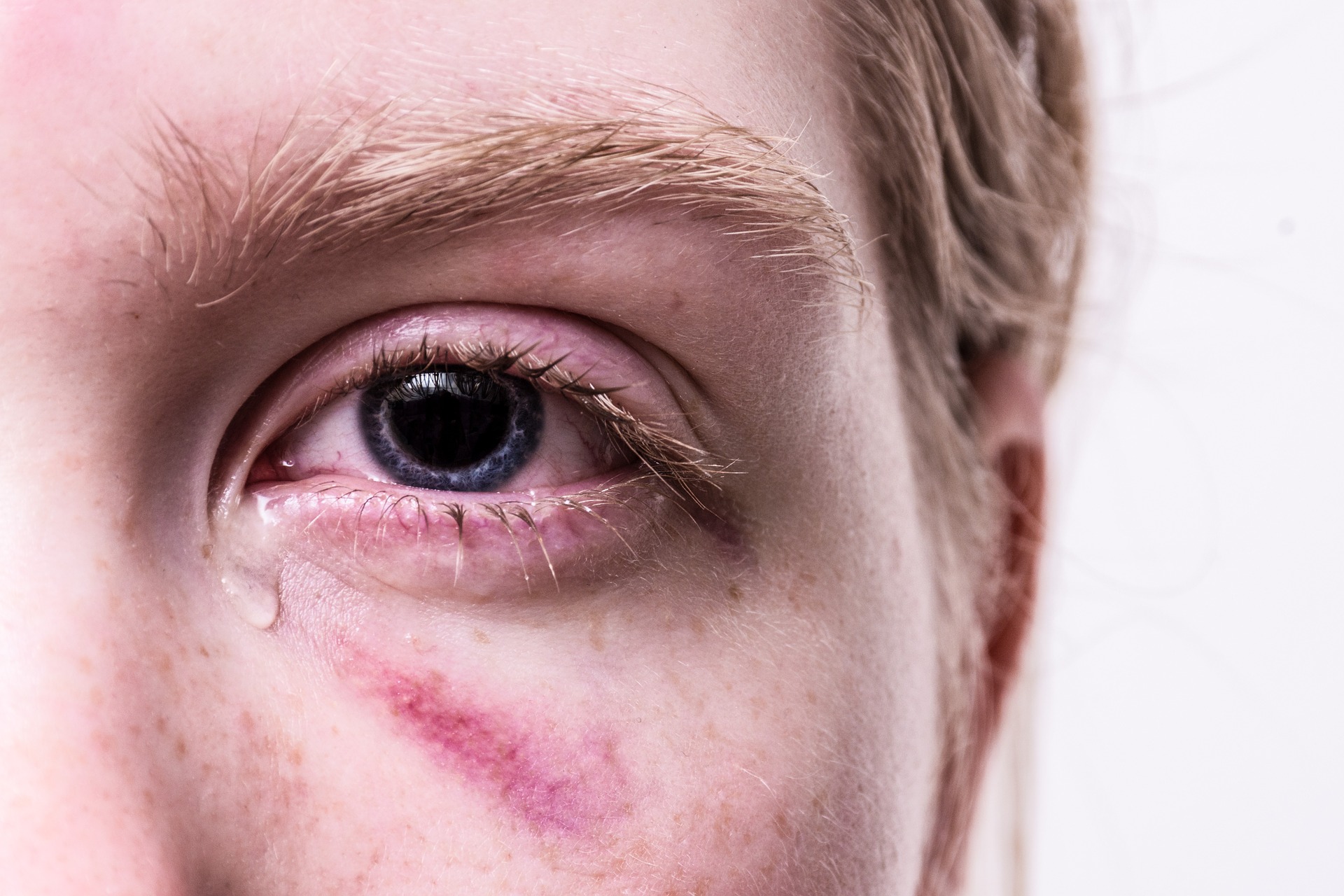As a nation simultaneously struggling with a healthcare pandemic, an economic crisis, and significant social justice issues, heightened levels of anxiety and stress have become the norm. That’s why now is a critical time to gain a better understanding of PTSD—and how to recognize its symptoms in ourselves and those around us.
As with many emotional and mental disorders, PTSD can come with a stigma that can itself be dangerous, as stigma can cause sufferers to keep quiet and avoid getting help. These stigmas are fueled by misinformation in American discourse, and it’s high time to debunk some of the most common among them.
Myth 1: PTSD is an invisible disease that is all in someone’s head.
False. The absence of visible symptoms makes PTSD hard to see with the naked eye. The invisible wound can make it hard for family and friends to believe it’s real, especially if the sufferer hasn’t personally experienced a violent or traumatic event.
While it’s true that you can’t tell if someone has PTSD just by looking at them, the past decade has ushered in the frequent use of brain imaging to assess the effects of traumatic stress on the brain. Using MRI technology, researchers can now identify changes in neurochemical systems and specific brain regions, or circuits connecting them, involved in the stress response. The pentagon is currently funding promising research to explore whether PTSD can be identified from blood samples. These developments in the field of trauma care transform our understanding of PTSD as more than just psychological, but as a biological injury that can be seen and treated.
Myth 2: Most people who are exposed to trauma will develop PTSD.
False. The length of time that symptoms persist is key for diagnosing PTSD. The diagnostic definition of PTSD requires that symptoms persist longer than 30 days. Yet for 90 percent of people who experience PTSD-like symptoms following a trauma, those symptoms usually resolve within a month, especially with proper emotional support.
A more common cause of those symptoms is likely acute stress disorder. Acute stress disorder (ASD) is a brief period of psychological stress following a life-altering or traumatic event. While common symptoms such as anxiety, insomnia, and heightened reactivity, make it easy to confuse the two disorders, ASD does not persist for longer than 30 days. Both ASD and PTSD, however, are worthy of attention and the right care.
Myth 3: Only veterans who see combat can develop PTSD.
False. Most people still associate PTSD with soldiers returning from combat (think Forrest Gump’s Lieutenant Dan). While it’s true that many veterans who see combat suffer from PTSD, they are not the military population with the highest incidence of the disease. The highest rate of PTSD in veterans, both men and women, occurs as a result of military sexual trauma (MST).
Military sexual trauma refers to an experience with sexual assault or sexual harassment occurring at any point during military service. Examples include forced sexual encounters, repeated advances, and quid pro quo scenarios from upper ranks.
According to the VA healthcare system, an estimated 1 in 4 female veterans and 1 in 100 male veterans report experiencing MST. By percentage, women are at greater risk of MST, but nearly 40 percent of veterans who disclose MST to the VA are men. Sexual trauma adds a layer of shame that can complicate recovery and become an obstacle to seeking mental health support.
Myth 4: You have to experience extreme violence to get PTSD.
False. According to the Diagnostic and Statistical Manual of Mental Disorders, fourth edition (DSM-IV), PTSD can occur if a person experiences, witnesses, or is confronted with an event or events that involve actual or threatened death or serious injury, or a threat to the physical integrity of self or others. In addition, PTSD can occur when the person’s response involves intense fear, helplessness, or horror. While it might make sense that 49 percent of rape victims develop PTSD, a less obvious example is breast cancer. A quarter of women who undergo a mastectomy develop PTSD. They experience a potential life threat from cancer, with additional anxiety over a change in body image.
Under this definition of PTSD, it’s hardly shocking that COVID-19’s front-line workers will face the very real risk of developing PTSD in the months ahead. Recent headlines around front-line caregiver suicides are a harbinger of a scary truth: Stressed front-line caregivers risked their own lives every day as they helplessly watched their patients die in record numbers. Even setting the turmoil of 2020 aside, 1 in 10 U.S. adults already suffers from PTSD at some point in their lives. COVID-19 is just gas on the fire—and the latest example that PTSD can result from a wide array of life’s circumstances.
Myth 5: PTSD is a life sentence.
False. The majority of patients who suffer from PTSD can find effective relief. Successful treatments for PTSD exist and are evolving every day. Traditional treatments include a combined approach of patient education, cognitive behavioral therapy, and psychopharmacology. Traditional therapies can achieve an estimated 60 percent success rate, although they require healthcare resources and a time commitment from the patient to put in the mental work of recovery. With increasing recognition of PTSD’s biological nature, treatments such as the stellate ganglion block (SGB; www.stellacenter.com) are showing a 70-80 percent success rate in a single-day procedure, and the positive effects can be felt almost immediately.
As we collectively shift into recovery mode from the pandemic, the economy, and the social unrest, we have a responsibility to help each other heal. That starts by breaking down stigmas of yet another invisible enemy and actively recognizing the signs of trauma in ourselves and those around us.
(Article originally published and featured as an “Essential Read” on Psychology Today on 10/20/2020).


